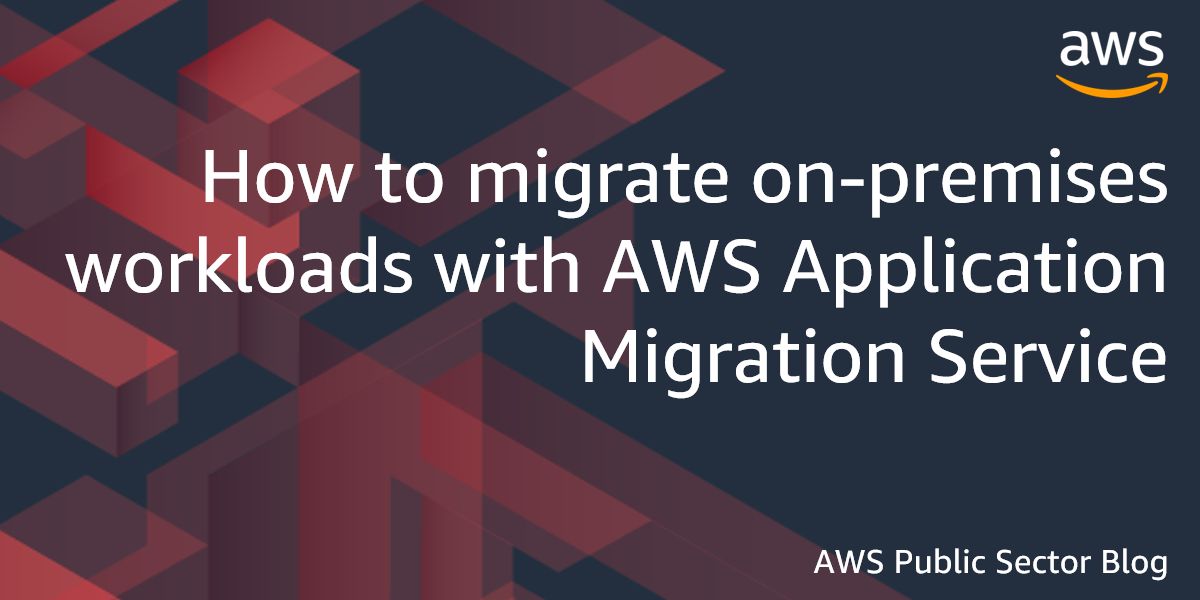AWS Public Sector Blog
Tag: technical trainings
How to implement CNAP for federal and defense customers in AWS
In July 2021, the U.S. Department of Defense (DoD) released a cloud native access point (CNAP) reference design that follows zero trust architecture (ZTA) principles and provides a new approach to access mission owner (MO) applications. The DoD’s reference design discusses four core capabilities of CNAP: authenticated and authorized entities (C1), authorized ingress (C2), authorized egress (C3), and security monitoring and compliance enforcement (C4). In this blog post, we walk through how to establish the C2 component via a virtual internet access point (vIAP) with AWS. The proposed architectures can reduce operational cost and management overhead, while improving the accessibility, resiliency, and security of mission owner applications.
Move data in and out of AWS GovCloud (US) with Amazon S3
Increasingly, AWS customers are operating workloads both in AWS GovCloud (US) and standard AWS Regions. Dependencies between workloads, changing data controls, or enrichment of data across multiple data levels are examples of business needs that may require moving data in and out of AWS GovCloud (US). In this blog post, I explain how to move data between Amazon Simple Storage Service (Amazon S3) buckets in the AWS GovCloud (US) and standard partitions.
Move file data in and out of AWS GovCloud (US) with AWS DataSync
As public sector customers find increasing need to move data between the AWS GovCloud (US) partition and the standard partition, they need tools to help them lower their operational burden. In this blog post, I walk through how to use AWS DataSync to move data on network file system (NFS) shares between the two partitions.
How to set up Galaxy for research on AWS using Amazon Lightsail
Galaxy is a scientific workflow, data integration, and digital preservation platform that aims to make computational biology accessible to research scientists that do not have computer programming or systems administration experience. Although it was initially developed for genomics research, it is largely domain agnostic and is now used as a general bioinformatics workflow management system, running on everything from academic mainframes to personal computers. But researchers and organizations may worry about capacity and the accessibility of compute power for those with limited or restrictive budgets. In this blog post, we explain how to implement Galaxy on the cloud at a predictable cost within your research or grant budget with Amazon Lightsail.
How nonprofits can automate tax-exempt status across AWS accounts
Many nonprofits and other tax-exempt organizations need to make sure their tax status is correct across their Amazon Web Services (AWS) accounts. A new tax analyzer solution automatically detects the tax status of all AWS accounts across an organization. In this blog post, discover how this simple solution identifies which AWS accounts across an organization are paying sales tax, and learn how this solution can quickly remediate tax status by opening an AWS support case automatically.
How to deploy HL7-based provider notifications on AWS Cloud
Electronic notifications of patient events are a vital mechanism for care providers to improve care coordination and promote appropriate follow-up care in a timely manner. This post shows how a combination of Amazon Web Services (AWS) technologies, like AWS Lambda, Amazon Comprehend Medical, and AWS Fargate, can effectively manage and deliver actionable data to help healthcare customers deliver electronic notifications in a secure and efficient way.
How to build smart cities with FIWARE Orion Context Broker and Cygnus on AWS
Several smart cities use FIWARE, an open source framework supporting the development of smart solutions. FIWARE leverages sensing data from Internet of Things (IoT) devices, then collects, stores, and analyzes data with an API call. One FIWARE component, Orion Context Broker, gathers context information from diverse sources such as mobile apps, IoT devices, and social networking services, and manages the lifecycle of this context information, from registrations, updates, queries, and subscriptions. In this blog post, we address building Orion Context Broker on AWS. Learn how to deploy Orion Context Broker and Cygnus on AWS with AWS Cloud Development Kit (AWS CDK) and Docker Compose quickly.
Introducing 10 minute cloud tutorials for research
Ten Minute Tutorials for Research provides a way for researchers to quickly learn about topics and tools that are specific to their unique needs, covering the basics on how to get started and providing helpful links to get more in-depth information and support—all in ten minutes. The series is led by AWS solutions architects and AWS research business development specialists who work closely with researchers. Many of the presenters are former researchers themselves and content is specifically geared to a research audience.
Idaho collaborates with AWS on statewide cloud computing training and education effort
Idaho Governor Brad Little announced an initiative between AWS and the Idaho STEM Action Center that will support instructors through training and professional development to teach cloud computing courses throughout the state. The collaboration will provide Idahoans an opportunity to reskill or upskill in high demand cloud computing courses and certifications, and support the local economy by filling high demand cloud computing jobs with local employers.
How to migrate on-premises workloads with AWS Application Migration Service
AWS Application Migration Service (MGN) is a highly automated lift-and-shift solution, which works by replicating your on-premises (physical or virtual) and/or cloud servers into your AWS account. When you’re ready, AWS MGN automatically converts and launches your servers on AWS so you can quickly benefit from the cost savings, productivity, resilience, and agility of the cloud. This guide teaches you how to migrate a content management system platform (CMS), based on an example with WordPress, running on a simulated on-premises environment to AWS Cloud, using MGN.









